After reaping the rewards of their hard labor during harvest, farmers have one last critical step to close out the season: ensuring soil health for spring. Amending after fall harvest is ideal because it gives nutrients time to take effect. If applying amendments in the fall doesn’t work for your farm, after the spring harvest works, too.
Just before harvest, do a soil test to determine what nutrients are present. Then, compare that to your planned crops. Knowing what they need ahead of their growing season is important for a healthy crop and for your bottom line. You don’t want to waste your time or space on subpar harvests.
If it’s not already part of your routine in your fields, make time for it! You’ll learn more about your land in the process, ensuring a better yield as the seasons go on.
Why Amend in Fall
If you’ve never done it, you might not know what you’re missing. Most cultivated crops deplete the land of set nutrients as they grow, and some reduce tilth. Amending now gives your land a chance to recuperate and offer nutrients to crops when spring planting time arrives.
Replenish Nutrients
Many of the crops people love to eat, like tomatoes, greens, and potatoes, are deemed heavy feeders. They take a lot from the soil as they grow, even if you fertilize them while they’re growing. The problem with this is not for the crop itself, but for those that grow after it.
When you add nutrients post-harvest, you replenish what has been lost to heavier nutrient-consuming crops. This ensures there are nutrients for subsequently planted ones, and assures you’ll have a harvest next season that was worth the effort.
Improve Texture

Not all amendments are strictly nutrient-based. If you live in an area with heavy clay already rich in nutrients, it can get compacted or eroded over time through exposure to cold, heat, and hard rain. Amendments like grit, perlite, vermiculite, and peat moss are all added to make the texture more workable. This keeps it in a state that food crops need.
To amend after harvest with textured elements, you usually work them into the soil profile. Sometimes it takes multiple rounds of building the right texture, but it’s even more important than the nutrient profile. Both texture and structure dictate how available nutrients are to plants.
Preserve Structure
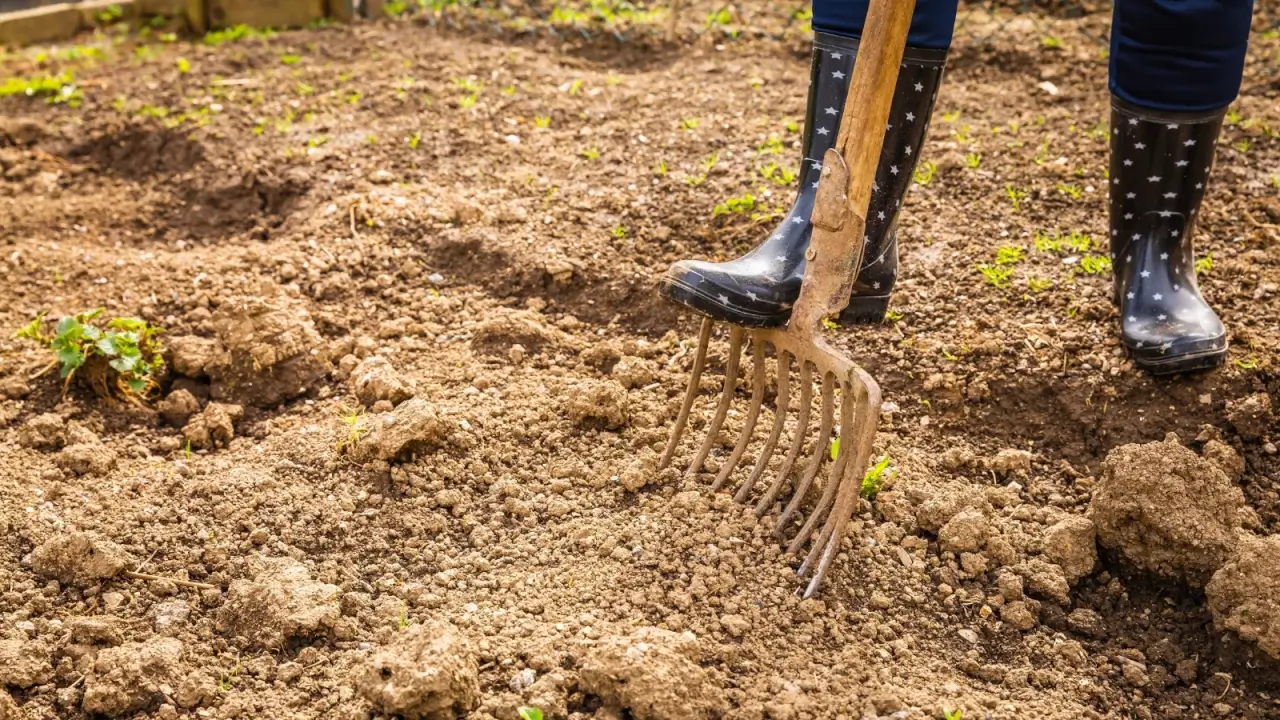
Say your land isn’t eroded or compacted, but you know it’s a likelihood down the line. Amending after harvest with those textured elements, or even an organic mulch, keeps the composition in a usable state. Good structure that drains well allows for better nutrient exchange.
Water allows nutrient mobility between particles and microorganisms. These tiny creatures are the backbone of a healthy, living soil. Land that doesn’t drain well or drains too quickly can damage plants.
Conserve Water

If your land is sandy, it doesn’t hold water for long. One of the best reasons to amend after harvest in this case is to help the soil hold water. Amendments also help less porous matter retain water, rather than simply washing away. Peat is one example of these amendments.
As peat is hydrated, it expands and holds water. For plants in hotter regions or land prone to compaction, this water-holding capability is incredibly important. If moisture is retained, irrigation can be less frequent. This conserves local water as well as the water on your farm.
How To Amend
Knowing why it’s important to amend soil after harvest is half the battle. The next step is knowing how to do it! Start with a good base, and then take care of a few things at the end of the growing season to give your next harvests the best possible health.
Do a Soil Test
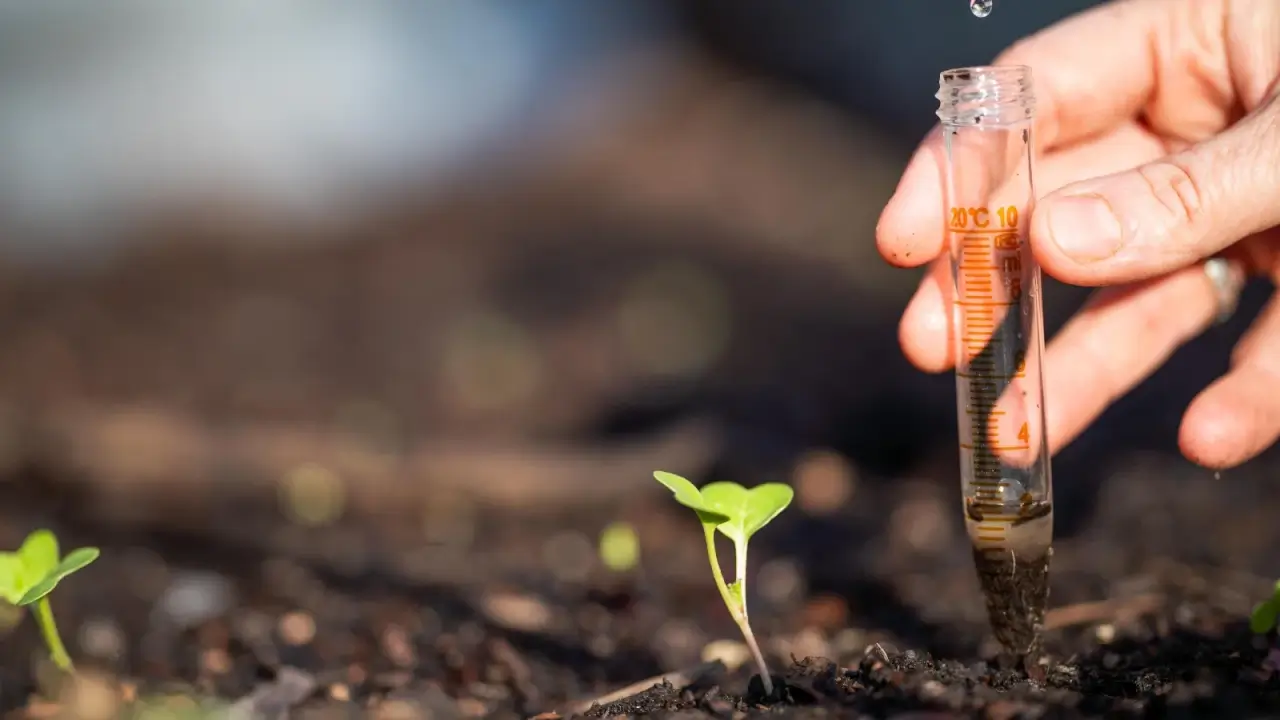
A test tells you what your soil needs. The test is your baseline for determining how to amend after harvest. Locate a good at-home test at your local hardware store, or reach out to your local agricultural extension office. Both are good options for your baseline. A more technical test gets you details down to the nutrients present, and some even make suggestions about what to add.
Once you have a good understanding of what is in the soil, acquire your amendments. If it’s simply the texture that needs an update, compost and leaf mold are great options.
Add Compost
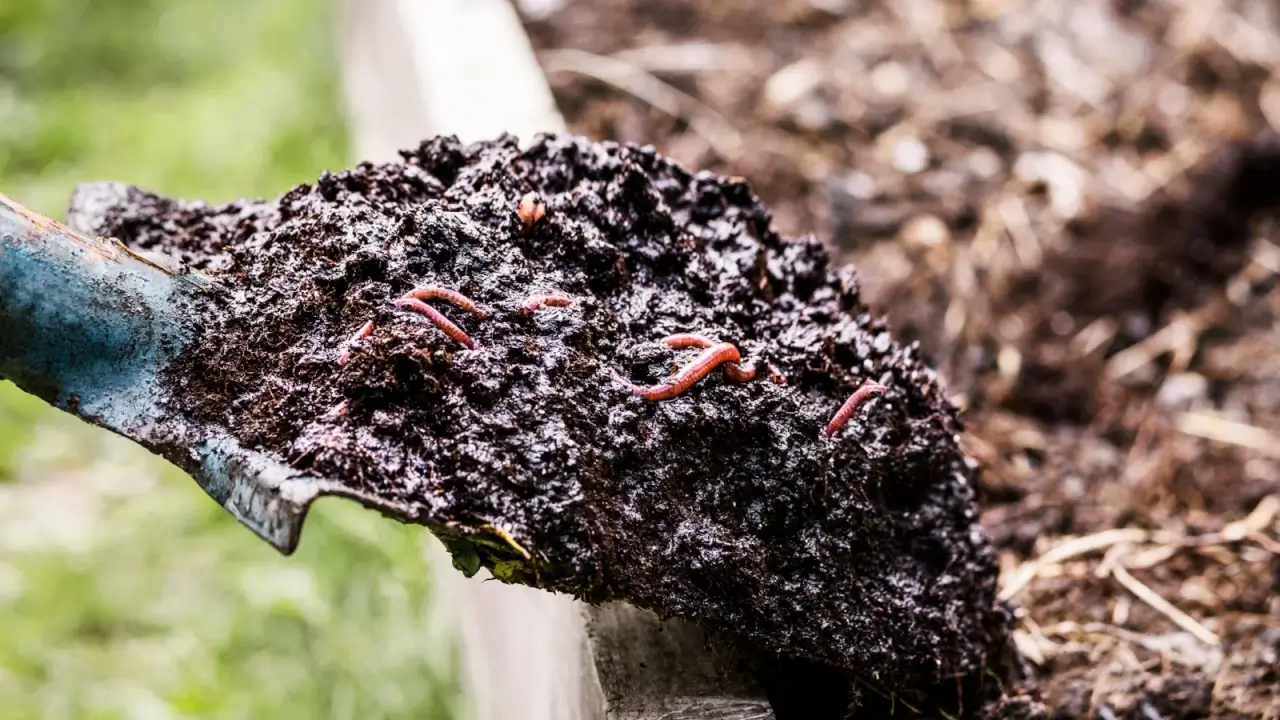
A compost pile is an excellent resource for any garden or farm. Not only does it contribute to a sustainable farm, but good compost also contains a wide array of nutrients. Before applying those amendments, add compost to your fields and work it into the top six inches or so.
If you won’t be using the area for a few months, compost in place. Bury kitchen scraps and small woody materials in the bed, and cover them with soil. Over time, they break down and provide a rich medium for growing your crops.
Work In Amendments
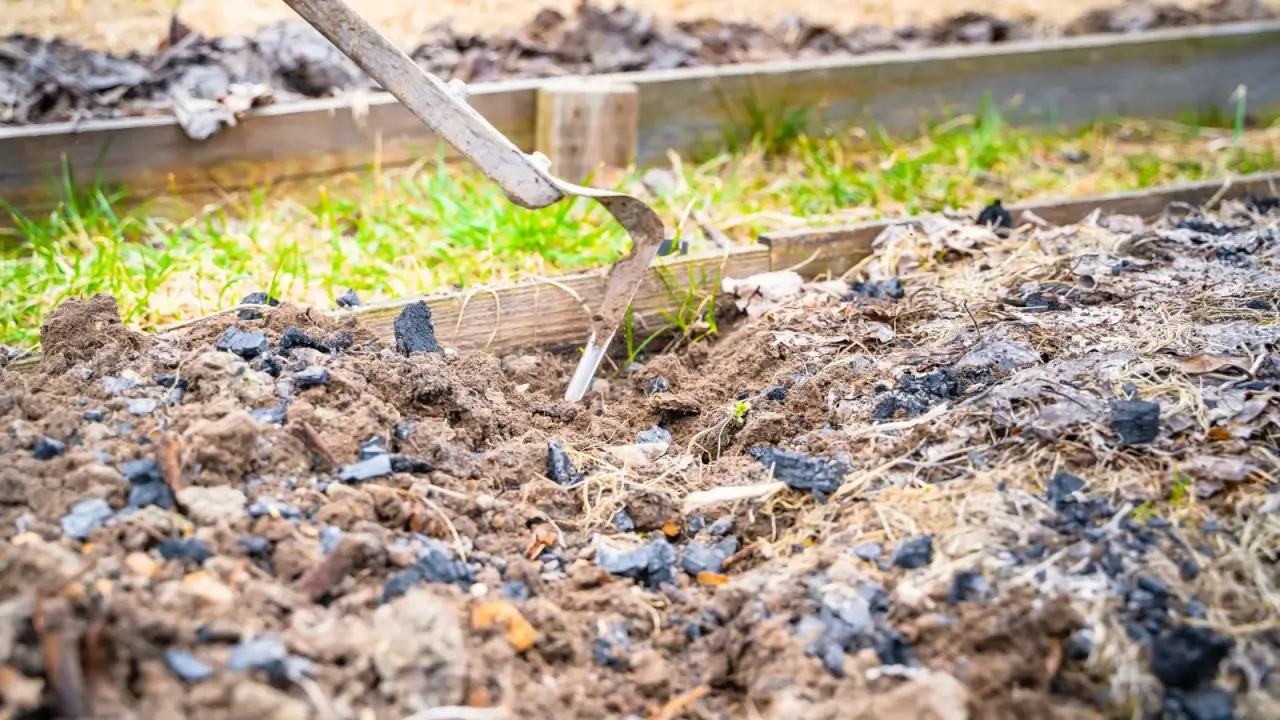
Once you’ve added compost, it’s time to work in the various fertilizers and soil conditioners that give you the optimal growing space.
If you are using amendments that change pH, like those containing sulfates, it will take time for these to decompose to a bioavailable state. Add them well ahead of time for fruiting and flowering. A few months is an ideal range.
Add peat to improve water retention. Perlite offers drainage and water retention. Vermiculite and sand break up compacted soils and offer aeration. Pumices and lava rocks do the same. The best amendments will be those suited to your desired crops. Do a little research to determine the best composition, and choose your amendments based on those needs.
Mulch
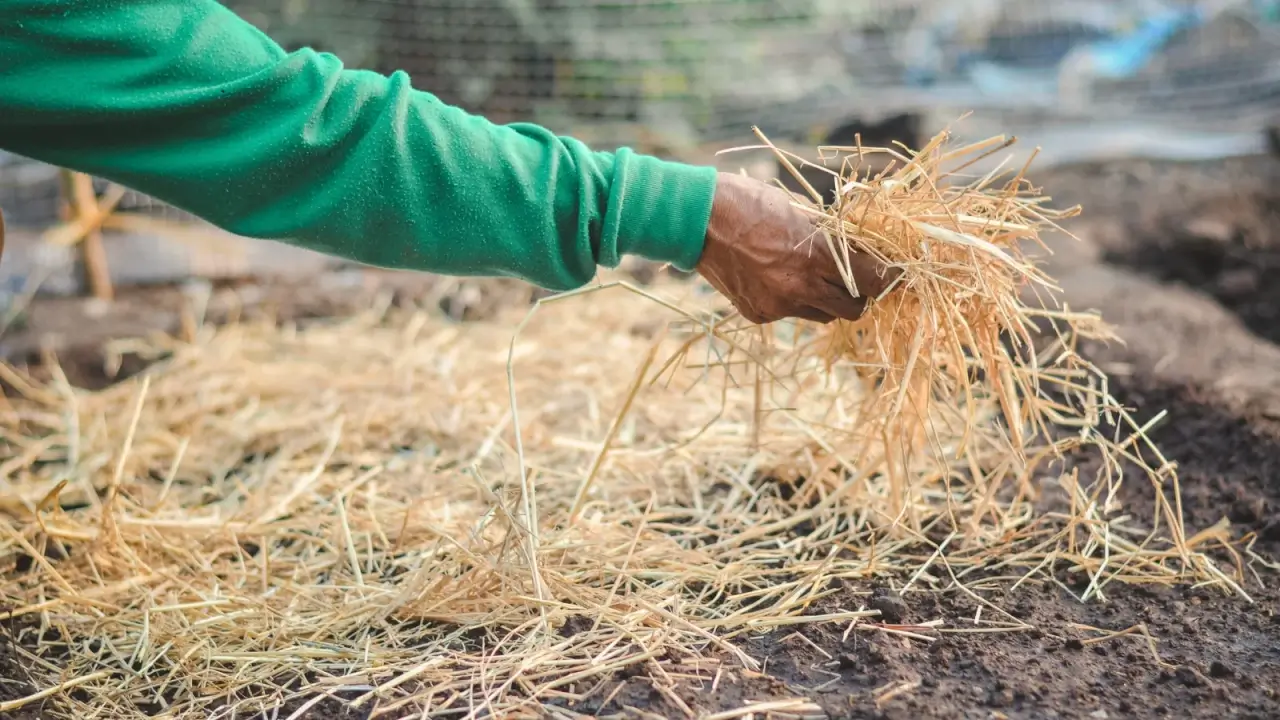
The final step is to mulch your beds. Cover them with a couple of inches of organic mulch to protect the soil in extreme temperatures, heavy rain, and hard winds. This insulates the internal temps, too. If you’re going to sow seeds soon, a lighter mulch, like straw or pine needles, is best.
Wood chips and bark chips are also viable mulches. Leaves are perfect. Shred these if you’re going to plant out the bed soon. Mulch tops off the soil, and your efforts to improve its composition and structure. It keeps everything in place, and organic ones break down to feed the field in upcoming seasons.
How to Fight Soil Nutrient Loss with Prairie Strips
As farmland degradation accelerates globally, prairie strips are emerging as a critical conservation solution. These strategic rows of native prairie plants, installed between crop fields, can reduce soil nutrient loss while restoring biodiversity to agricultural landscapes.
The post How to Amend the Soil After Harvest (and Why You Should) appeared first on Modern Farmer.


